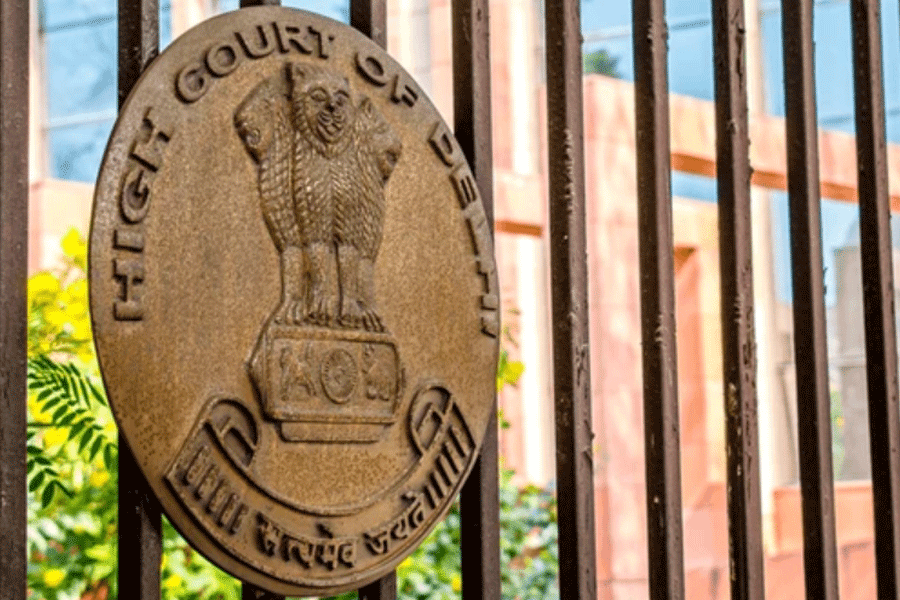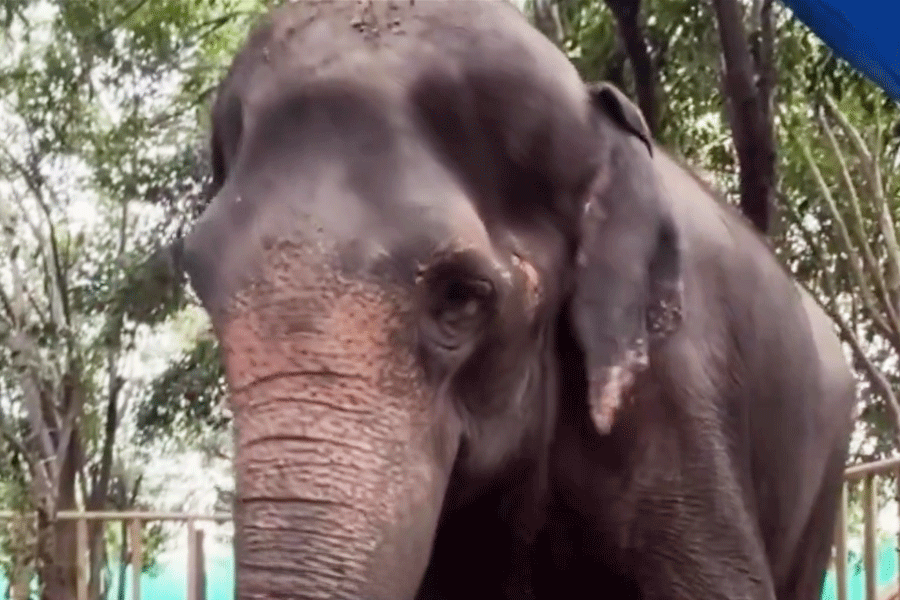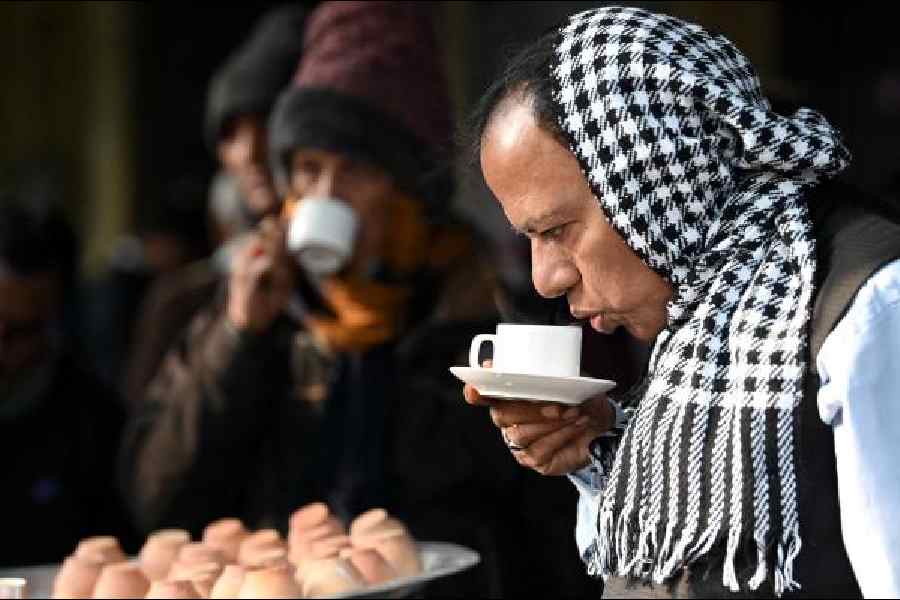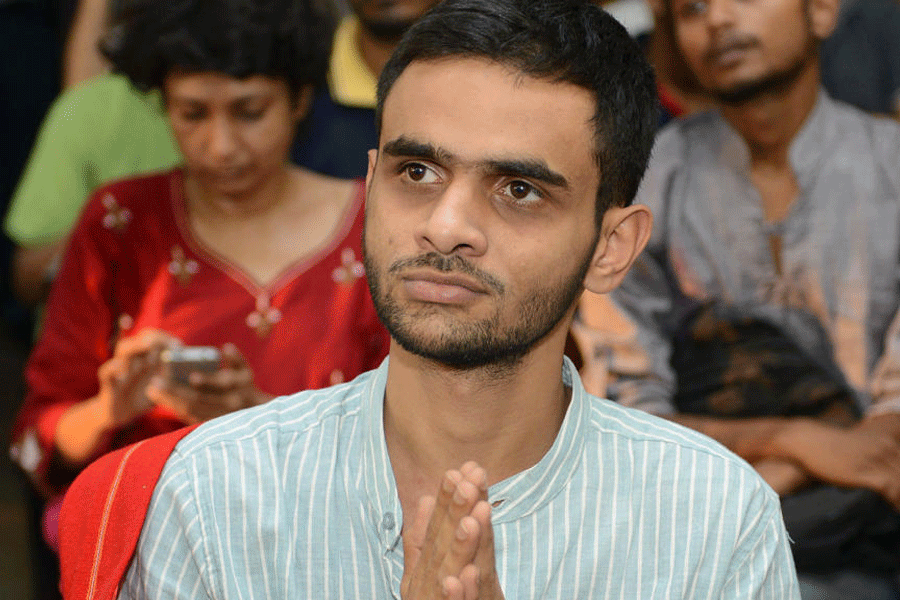“Everybody is leaving. We feel scared. We will leave too.”
She has been sweeping and cleaning our house in Gurgaon every day for the last three years. These were her words at the end of last month. Bhoy — fear — was the word she used to describe what was happening in Tigra village, close to the gated colony where she had worked for many years. She is from Malda in West Bengal — a Bengali Muslim. Either of those two identities was enough to bring out the bullying battery of local cops. This could range from query for identity papers, physical violence, to detention under inhuman conditions. Sometimes, even when everything was in order.
“I have stopped speaking Bangla on the streets,” said another neighbourhood helper. “I will be picked up by the police.” What do you have to do to make it into the bully’s claws? For the police, or their bosses, the muddling was as clear as it was colossal — illegal immigrant> Bangladeshi>Muslim>Bengali speech, in any order you please. And the great unmentioned — the poor. A great irony for any elected Indian government that the poverty-ridden masses pay for the price of its immigrant watch. A greater irony for a populist party which powered its rise with digs at the Khan Market/Lutyens’ gang. But it’s no secret that being Muslim and being poor coincide in this country far too often. Attacking Muslims, just as attacking lower-caste Hindus, approximates attacks on the poorest people of India. Mounds of garbage stare at residents in upscale Gurgaon neighbourhoods to reveal the kind of work done by those now bullied out of India’s richest suburb. Who is the garbage? Those who spared our senses from it, or those of us who cannot do anything to escape it now?
What happens when the great muddling pushes an entire cultural identity beyond normative citizenry and throws a language into this half-literate fray? Amit Malviya’s muddled defence of the Delhi Police’s hilarious claim that documents were written in the “Bangladeshi language” may be bolstered by his own muddling of written and oral forms of Bangla. But it reminds me of a similar misconception harboured by Bengalis of a certain generation. Do you remember the term, ‘Hindustani’, as it was applied, and probably still is by some, to Hindi-speaking North Indians? And not just in everyday life — it crept into our great literature too. I remember a line from Bibhutibhushan Bandyopadhyay’s Aranyak where the Bengali narrator sees a Bihari labourer sit down with a plate of rice so huge that it startles him. His alarming response? How can a man eat so much? So what if he’s a Hindustani, he’s still a human being! Hindustani holeo manush to! Not our finest moment, nor the most progressive use of our language, but I can’t resist the temptation of wondering how Mr Malviya might feel if he was called a speaker of Hindustani, and that his linguistic influences were Persian and Arabic rather than Sanskrit.
I wouldn’t deny the dark stain of mischief behind calling this ongoing hostility Bharat versus Bangla. Bharat, as the name of our nation embraced in pointed polemic against the idea of India, no less INDIA, as the alliance against the current ruling party that its various oppositions had once aspired. Bangla, which indeed happens to be a language, but which also draws the intrusive shadow of our eastern neighbour deeper into the idea of the Bengali. Mamata Banerjee has staked this as a full-on case of
anti-Bengali politics, and no matter what electioneering brilliance fumes here, it is difficult not to see some truth here. What is it about Bangla that galls Bharat so?
Some things are hard to miss. Bengal has always been an outlier — geographically, bordering the Islamic Bangladesh, a nation born through redemption of its Bengali-ness when it was severed from Pakistan on the basis of language. But also an outlier in the measure of time — from Gokhale’s proverbial claim, “What Bengal thinks today, India thinks tomorrow”, to the alternative temporality it occupies today next to the development hubs of Bangalore, Gurgaon, and Hyderabad — a difference dreamy and perverse in equal measure. But most importantly, the Bengali is not Indian enough by today’s dominant definition of the latter.
The great irony is that the idea of the bhadralok Hindu Bengali, a demographically limited group amidst the masses who speak Bangla in the subcontinent, continues to shape this dominant image. This Bengali is not Hindu enough, not tribal enough, not rooted enough in family and community loyally underwritten by trade and commerce; too individualistic, infamous for infighting; no drive for business, too proud of their book-knowledge, Western culture, and the highbrow culture of their own. Deeply Anglophone but fiercely proud of their vernacular — unlike, say, the Punjabi today, for whom modernisation and Westernisation leave the native language behind.
They are Commies and Lefties (the accusers usually don’t know the difference). “Even Stanford University can’t cure a Bengali of his Marxism” — a troll had attacked me on Twitter when, during my days teaching there, I’d written an article critiquing the arrest of Kanhaiya Kumar, then a student leader at Jawaharlal Nehru University. But even within the Indian university, there is a playful, and sometimes not-so-playful, resentment at the large presence of Bengalis and their intellectual stamp in academic discourse across disciplines; it is also there in other professions such as those in journalism. Meanwhile, the Bengali woman, played on the Bollywood screen by model bhadramahilas such as Alia Bhatt and Fatima Sana Shaikh, continues to allure the North Indian man, the rowdy Punjabi party animal (Rocky aur Rani kii Prem Kahani) and the conservative Sanskrit teacher (Aap Jaisa Koi), promising liberal and liberating heaven.
But of course, in the end, it goes far beyond Bharat versus Bangla. Sadly, it is closer to Bharat versus India — any identity that stands apart from the Hindi-Hindu-Hindustan image of the nation. Bangla — illegal and legal alike — is finally paying the price of the subaltern Othering of the ‘Hindustani’ over the years.
Saikat Majumdar’s most recent book is The Amateur: Self-Making and the Humanities in the Postcolony










